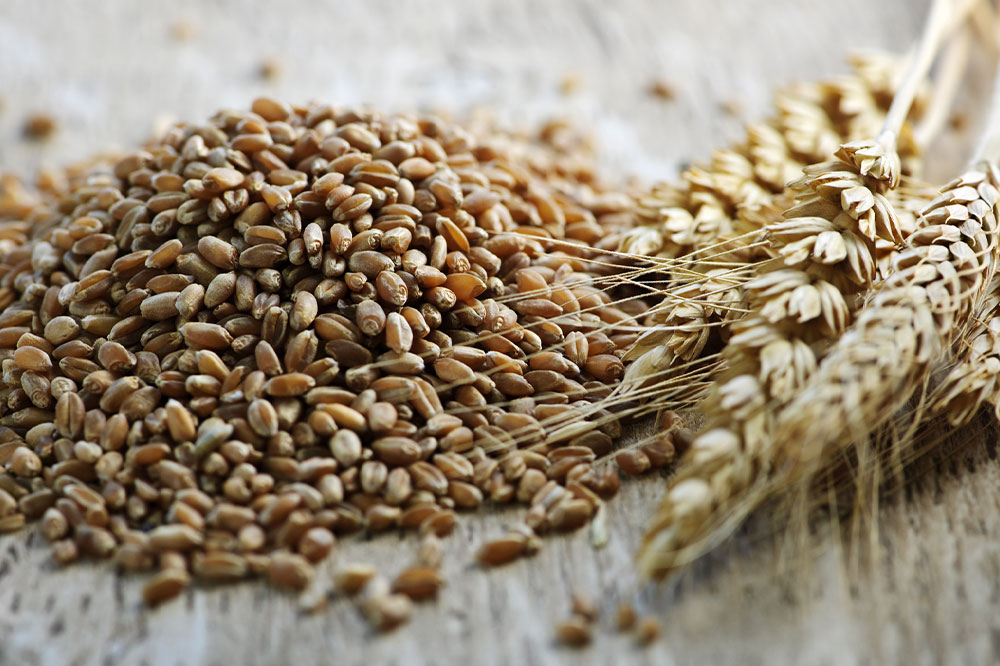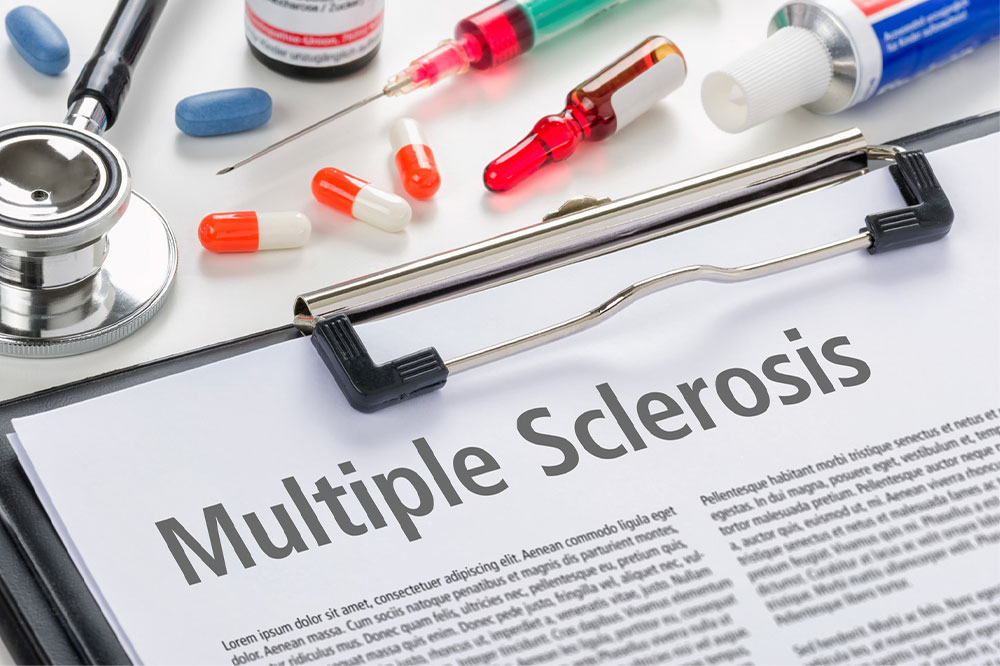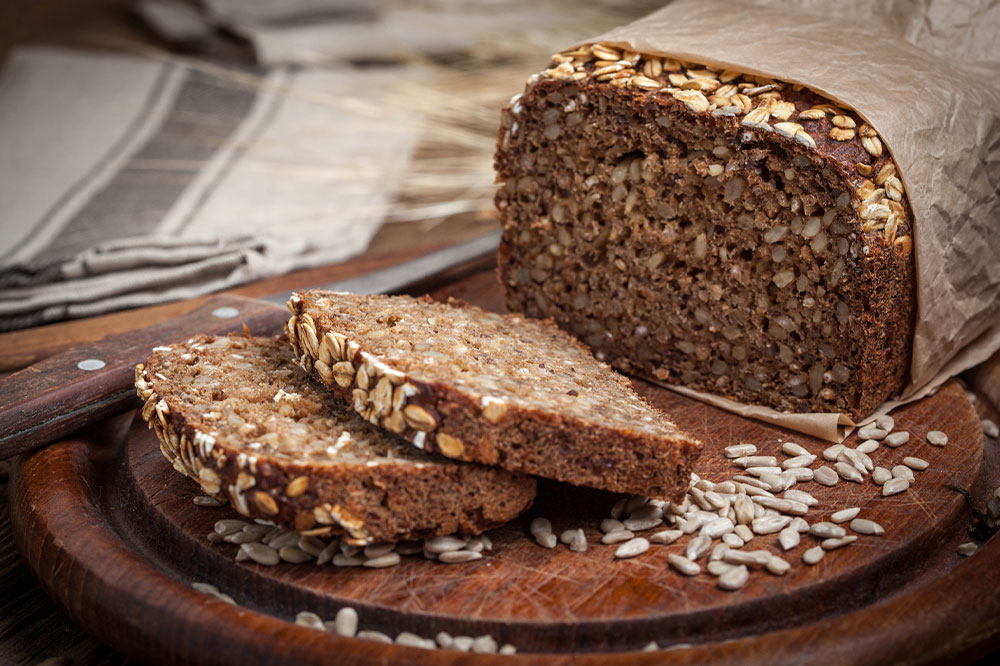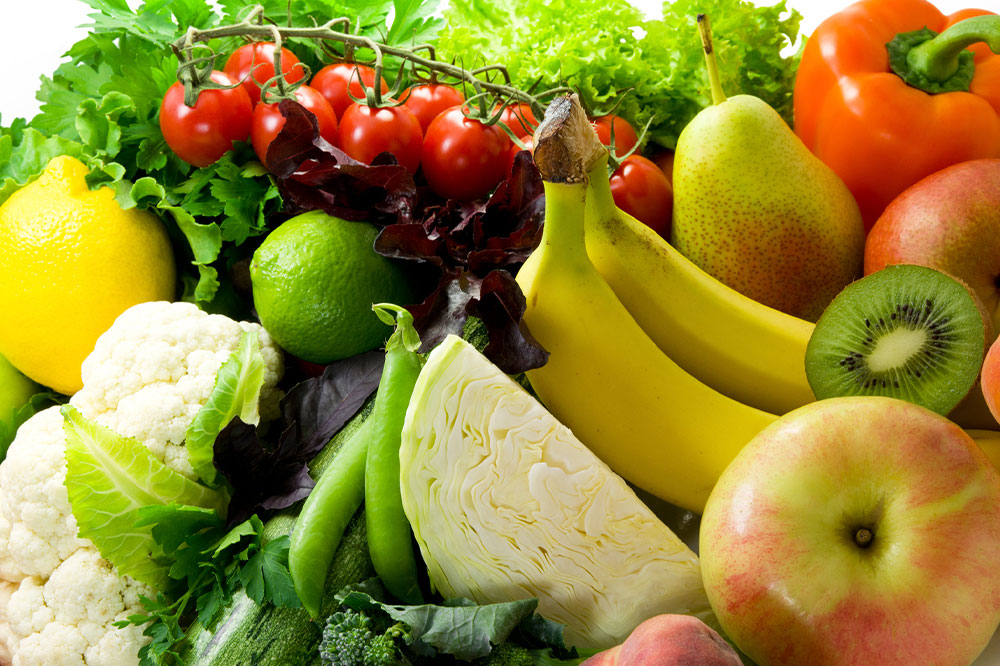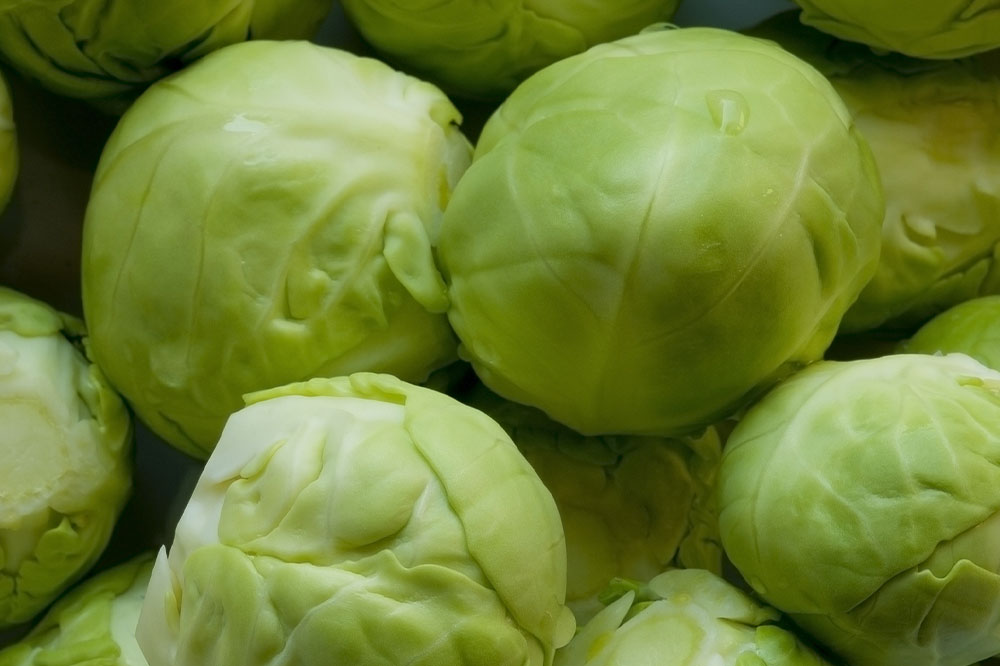
Health
6 toxic plants to keep away from dogs
It has become the norm to keep ornamental at home, especially since they beautify the space tremendously. But, if you are a pet parent, you must exercise caution in picking the potted plants you want. While some plants can cause vomiting or dysentery, a few can cause respiratory, digestive, neurological, or cardiac problems, leading to death. If you have become a pet parent recently, here are six plants toxic to dogs to note: 6 plants that dog parents must take note of Sago palm Sago palm is a very popular ornamental plant for indoor and outdoor spaces. It is known by many names like coontie palms or cardboard palms and is part of the Cycads group of plants. It contains multiple toxins, including cycasin and BMAA. Every part of the sago palm is toxic for your dogs, and the seeds can be the most dangerous. If a dog ingests even a small amount of any part of a sago palm plant, it can affect its nervous system, liver, or gastrointestinal system. You may see symptoms within 15 minutes or many hours. The most common reaction is gastrointestinal irritation, with initial symptoms like drooling, vomiting, and diarrhea. It can also lead to serious complications like neurological problems, resulting in weakness, seizures, and tremors.
Read More 